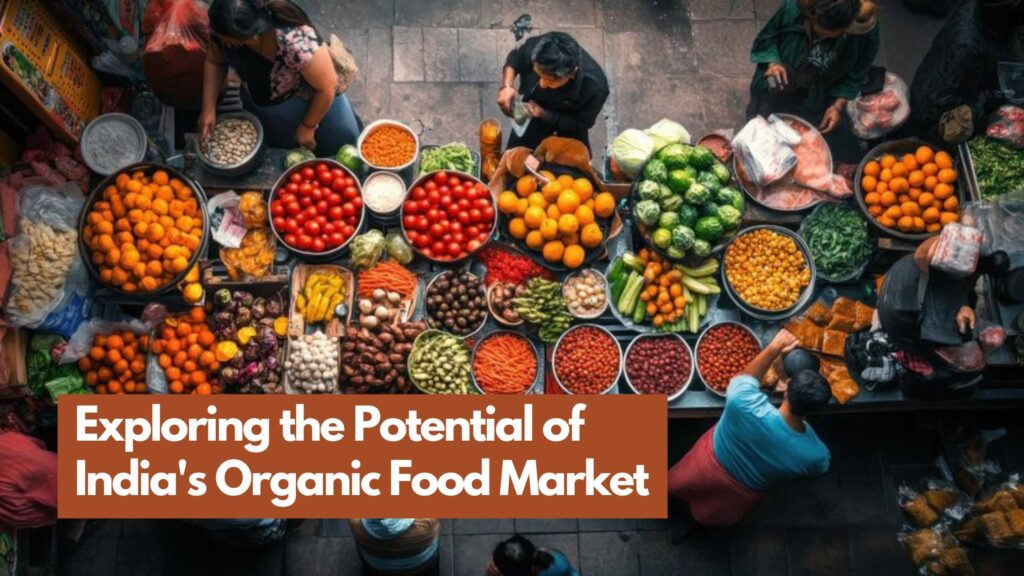Living on the land has always held a special allure. The idea of wide-open spaces, fresh air, and a lifestyle more connected to nature draws many people away from the hustle and bustle of city life. But what does living the “best top life on the land” mean? Is it as idyllic as it sounds, or are there hidden challenges that only those who live this life truly understand?
In this blog, we’ll explore what it means to experience the best top life on the land and the unique challenges faced by those who choose to embrace this lifestyle.
What is the Best Top Life on the Land?
The best top life on the land concerns self-sufficiency, sustainability, and simplicity. It is the desire to raise animals, cultivate food, and live sustainably. The best top life on the land centres on a close relationship with nature and the fulfilment that comes from working closely with the land, whether by maintaining a homestead, operating a family farm or just living off the grid.
Individuals who lead this lifestyle frequently characterize it as rich in purpose, satisfying, and fulfilling. There’s nothing like getting up with the sun, working with your hands, and seeing the results of your labour emerge from the ground. Even though it sounds like a dream come true, living the best life on the land is difficult.
The Rewards of the Best Top Life on the Land
Let’s first discuss why so many people are drawn to the best top life on the land before delving into the challenges.
Independence: Being independent is one of the most alluring features of the best top life on the land. It isn’t easy to find a sense of independence in contemporary metropolitan living that compares to growing your own food, producing electricity, and controlling your resources.
- Relationship with the Natural World: A closer bond with nature is possible when one lives off the land. The best top life on the land prioritizes nature, whether by taking in an open field’s beauty, viewing wildlife, or watching the seasons change.
- Health Benefits: Keeping yourself physically busy is a benefit of keeping land and rearing crops or livestock. Living the best top life on the land can result in better physical and mental health when combined with fresh air and organic food from your garden.
- Sustainability: Since it fits with their ideals of environmental sustainability, many individuals opt for the best top life on the land. Individuals and families living close to the land and responsibly using natural resources can achieve a smaller carbon footprint and a healthier planet.
- Sense of Accomplishment: Nothing compares to the joy of witnessing the fruits of your labour. The best top life on the land provides unending chances for accomplishment and personal development, whether a plentiful crop or a freshly constructed fence constructed by hand.
The Challenges of the Best Top Life on the Land
Although living the best top life on the land may seem like a dream come true, it’s crucial to realize that challenges are involved. It might be difficult to live off the land; you have to be resilient, hardworking, and willing to face unpredictability.
1. Unpredictable Weather
The unpredictable character of the land is one of the biggest obstacles for individuals pursuing the finest top life possible. The weather significantly impacts daily life for everyone who lives in a rural location, whether they are farmers or not. Storms, frosts, floods, and droughts can destroy crops, injure cattle, and cause significant disruptions to daily activities. Living on the land means that the vagaries of nature can affect your entire livelihood, unlike living in a city where the weather can ruin your plans for the weekend or your commute.
2. Financial Uncertainty
Financial difficulties can arise from living off the land. Managing land-based enterprises or operating a farm frequently entails significant up-front machinery, cattle, seeds, and property expenses. Furthermore, revenue fluctuates a lot. For example, various factors affect crop output, including market prices and weather. Financial hazards may also arise from livestock due to disease or market demand variations. Meticulous financial preparation and budgeting are frequently necessary to ensure stability and live the best top life on the land, especially during hard times.
3. Isolation
Living in a distant location away from the amenities of a city is frequently the finest way to live the best top life on the land. Some people find solitude and calm beneficial, but others may find it challenging. Limited access to social, medical, and educational opportunities might cause feelings of alienation or loneliness. Families that live in isolation may also have to travel great distances for social gatherings, children’s education, or even basic needs like shopping.
4. Physical Demands
It’s not for the timid to experience the best top life on the land. It entails hard labour, long hours, and frequently no days off. The job never stops, whether you’re mowing fields, tending to animals, or repairing machinery. This can be a difficulty as well as a reward for many. Physical labour can be physically taxing, especially as you get older, but it can also give you a sense of success.
5. Limited Access to Resources
You might need more accessible access to the comforts that many people in urban surroundings take for granted when enjoying the best top life on the land. Access to essential services like garbage collection may be limited or nonexistent in remote locations, as may high-speed internet and dependable healthcare. This calls for high self-sufficiency and problem-solving abilities because you could have to handle your waste, fix items yourself, or travel far to get medical attention.
6. Dependency on External Factors
Living the best top life on the land frequently means you’re at the whim of circumstances beyond your control, whether shifting agricultural market prices, rising material expenses, or modifying government rules. Trade agreements, municipal policies, and even the state of the world economy can directly affect your chances of success. For instance, an unexpected spike in the cost of gasoline or animal feed can seriously strain your finances, and adjustments to agricultural policy may impact farmer incentives or subsidies.
7. Technological Challenges
Although modern technology has greatly improved rural living, certain technological obstacles remain to overcome in order to live the best life on the land. Rural locations may have slow or erratic internet service, making it difficult to run a farm business, interact with clients, or even keep in touch with loved ones. Furthermore, it might be expensive for small-scale farmers or homesteaders to invest in newer technologies for farming equipment or renewable energy sources.
8. Balancing Work and Personal Life
Finding the right balance between work and play can be challenging when your house doubles as your place of employment. The best top life on the land frequently entails a never-ending to-do list, whether tending to livestock, maintaining fences, or harvesting crops. Taking time off and engaging in leisure activities could be challenging when work and personal life get blurred. To prevent burnout, this problem calls for time management and discipline.
Overcoming the Challenges of the Best Top Life on the Land
Those who lead the most excellent life on the land are resourceful and resilient despite the many difficulties. Here are some strategies they use to get beyond these barriers:
- Community Support: Creating a robust network of people who share your values can have a profound impact. Rural towns are renowned for their close-knit communities, which extend to lending a hand, offering advice, or exchanging tools when needed. When living off the land, belonging to a community can provide both practical and emotional assistance.
- Diversification: Several individuals who lead the best top life on the land achieve prosperity by varying their revenue streams. For instance, they might farm livestock, provide agrotourism opportunities, or make handcrafted goods to sell at neighbourhood markets instead of merely depending on crops. This offers stability and aids in reducing financial risks.
- Ecological Methods: Crop rotation, organic farming, and water conservation are examples of sustainable agriculture techniques that can decrease reliance on outside sources and increase resistance to climate change. Many individuals who lead the best life on the land are trailblazers in sustainability, coming up with innovative methods to cooperate with nature rather than fight it.
- Adoption of Technology: Despite the difficulties, implementing the appropriate technology can help manage the best top life on the land. Precision agricultural tools, wind turbines, solar panels, and water recycling systems can all lower long-term expenses and increase efficiency.
Conclusion
The best top life on the land is hard and satisfying at the same time. Although it involves challenges like financial instability, loneliness, and the physical difficulties of rural living, it also offers the special pleasures of self-sufficiency, a connection to nature, and a sustainable way of life. Resilience, flexibility, and the best top life on the land itself are necessary for individuals who choose to live the finest top life possible.
The best top life on the land is ultimately a dedication to living in peace with the natural world and overcoming obstacles with tenacity and inventiveness rather than just a way of life.



